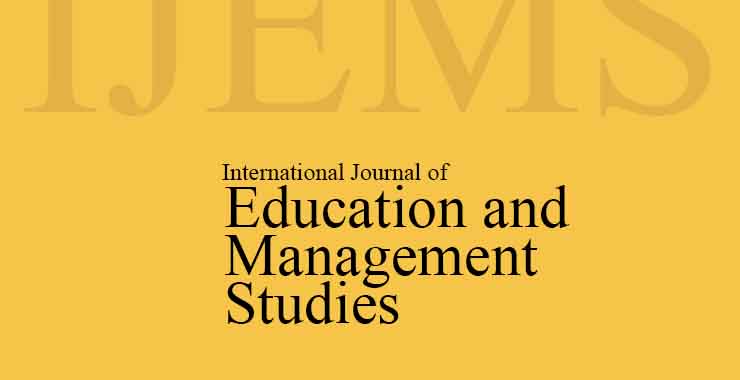Effect of Different Dates of Sowing and Varieties on Yield and Economics of Barley (Hordeum Vulgare L.)
Original price was: ₹ 201.00.₹ 200.00Current price is: ₹ 200.00.
Page: 486-490
Ankita Giri1, Vikrant2, Sandeep Kumar3, S.K. Shruti4, and Prayas Maithani5 (Department of Agronomy, Raja Mahendra Pratap (Post Graduate) College, Gurukul Narsan, Uttarakhand1,2,3,5 and Department of Agronomy, R.K., (P.G.) College, Shamli, Uttar Pradesh4)
Description
Page: 486-490
Ankita Giri1, Vikrant2, Sandeep Kumar3, S.K. Shruti4, and Prayas Maithani5 (Department of Agronomy, Raja Mahendra Pratap (Post Graduate) College, Gurukul Narsan, Uttarakhand1,2,3,5 and Department of Agronomy, R.K., (P.G.) College, Shamli, Uttar Pradesh4)
A field experiment was conducted during the Rabi season of 2022-23 at the agriculture farm of Raja Mahendra Pratap Post Graduate College, Gurukul Narsan (Uttarakhand) to find out the effect of different dates of sowing and varieties on yield and economics of Barley (Hordeum vulgare L.). Under the investigation, we have selected twelve treatments comprising of various combinations of three Dates of Sowing, viz., D1-20 November, D2-30 November, D3-10 December and four Varieties, viz., V1-RD2035, V2-PL426, V3-BH393 and V4-LSB2. All the treatments for the chosen species were evaluated with three replications under the factorial randomized block design. According to the experimental results, different dates of sowing, varieties and their combinations significantly affected the yield and economics barley. Among all the treatments T1 – D1V1 (20 November + RD-2035) has been found to highest impact most significantly on Number of spike per plant(28.83), Spike length (7.52 cm), Number of spikelets per spike(17.96), Number of grain per spike (40.25), Weight of grain per spike (42.89), Grain yield per hectare (46.86 q/ha), Straw yield per hectare (62.84 q/ha), Harvest index (43.25 %) and Test weight (51.88 per 1000 grain weight), Highest Gross return (199483.70 Rs/ha), Maximum net return (149833.7 Rs/ha) and Cost: Benefit ratio (1:3.01).Whereas, the lowest values were recorded in T12- D3V4 (10 December and LSB-2).

